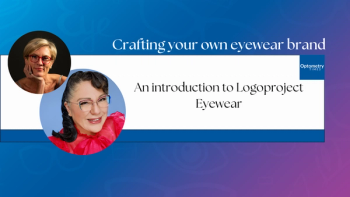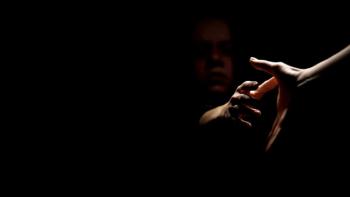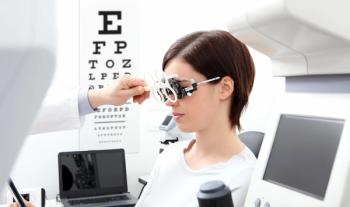
Report: ortho-K expected to surge over next 2 years
Published in Optometry & Visual Sciences, the findings are based on an independent survey featuring feedback from over 500 US eye care professionals.
New research on the current state of the orthokeratology (ortho-k) market in the United States anticipates industry growth in the near future.
The breakdown of ECPs included 87% optometrists, 7% ophthalmologists, and 6% opticians.
Researchers estimated that there are approximately 3000 ECPs in the US who are actively fitting and managing ortho-k patients.
Among those respondents who are actively fitting ortho-k lenses, 56% anticipate market growth in the next 12 months, while 46% of respondents not currently fitting ortho-k lenses stated that they plan to start prescribing with the next 2 years, according to researchers.
The breakdown of respondents’ use for ortho-k lenses was as follows:
68% prescribed with the intent to manage myopia
53% monitor axial length
61% start ortho-k patients at 13 years of age or younger
A commonly reported complication associated with ortho-k is corneal staining, while the mean number of years a patient wears ortho-k is 7.8, the study reported.
Additionally, 86% of respondents stated they either rarely or have never seen microbial keratitis in their patients.
To see the full study,
Newsletter
Want more insights like this? Subscribe to Optometry Times and get clinical pearls and practice tips delivered straight to your inbox.
















































.png)


